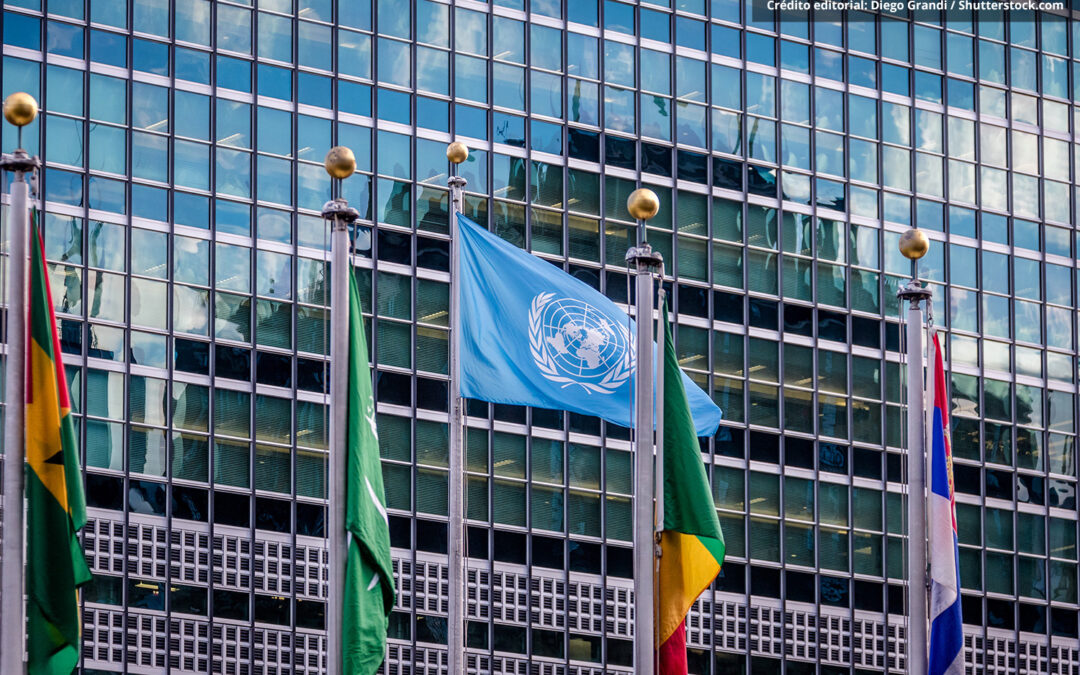Desde 1978, cuando se fundó Medina Cuadros Abogados en Jaén, hasta nuestros días, ya son muchos años haciendo crecer lo que primero no fue más que un sueño, pero que pronto se convirtió en una realidad: un despacho de abogados con implantación nacional e internacional.
Un despacho formado por un grupo de personas que comparten una misma visión de la profesión: la de ocuparse de los asuntos jurídicos de nuestros clientes con profesionalidad, rectitud y honradez. Honrados estamos de haber podido ayudar a miles de empresas y particulares en estos años, y esperanzados de poder contar con su confianza en el camino que aún nos falta por recorrer.
Descubre Medina Cuadros
Equipo
El valor tangible de un capital humano que es la base de la compañía
Especialidades
Despacho multidisciplinar, capacitado para atender cualquier tipo de asesoramiento jurídico que necesite.
Más del 90% de nuestros clientes son recurrentes
RED DE DESPACHOS
COBERTURA
nacional e internacional
madrid
Plaza Marqués de Salamanca, 2 –Planta Baja
28006 Madrid
Teléfono: +34 91 562 53 23
Fax: +34 91 411 95 79
GRANADA
Plaza Campo Verde 3, 3ª planta
18001 Granada
Teléfono: +34 858 28 42 16
JAÉN
C. Madre Soledad Torres Acosta, 7 – 1º
23001 Jaén
Teléfono: +34 953 24 40 30
Fax: +34 953 24 05 03
MÉXICO (SEDE PROPIA)
C. Guanajuato, 233. Col. Roma Norte
06700 Ciudad de México
Teléfono: +52 555 245 73 50
Fax: +52 555 083 51 06
PUBLICACIONES Y ARTÍCULOS
TEMAS DE INTERÉS

Medina Cuadros Abogados asesora a Cox Energy en la adjudicación de Abengoa
Medina Cuadros Abogados ha actuado como asesor jurídico exclusivo de Cox Energy en el proceso de adjudicación de las unidades productivas de Abengoa, en el concurso de acreedores conexo de 33 empresas del grupo andaluz, tramitados en el juzgado de lo mercantil número...

Medina Cuadros, Patrocinador Plata de la Alianza Empresarial para la Vacunación Infantil
Medina Cuadros colabora por noveno año consecutivo con Gavi the Vaccines Alliance y la Obra Social “La Caixa” para apoyar a la Alianza Empresarial para la Vacunación Infantil. Con la donación aportada por Medina Cuadros y otras empresas se ha conseguido vacunar a...

Medina Cuadros ya forma parte del Pacto Mundial de Naciones Unidas
Medina Cuados es parte del Pacto Mundial de Naciones Unidas, la mayor iniciativa de sostenibilidad corporativa del mundo con más de 12.500 entidades firmantes y presencia en más de 160 países basada DIEZ PRINCIPIOS universales. La iniciativa opera en nuestro país a...

Medina Cuadros Abogados primer despacho que obtiene la verificación IMQ Covid-19 Restriction
Durante el mes de Julio en Medina Cuadros Abogados hemos obtenido la verificación IMQ Covid-19 Restriction, una certificación que acredita que nuestra organización organización ha implementado las medidas necesarias para prevenir la propagación del SARS-COV-2 en el...









